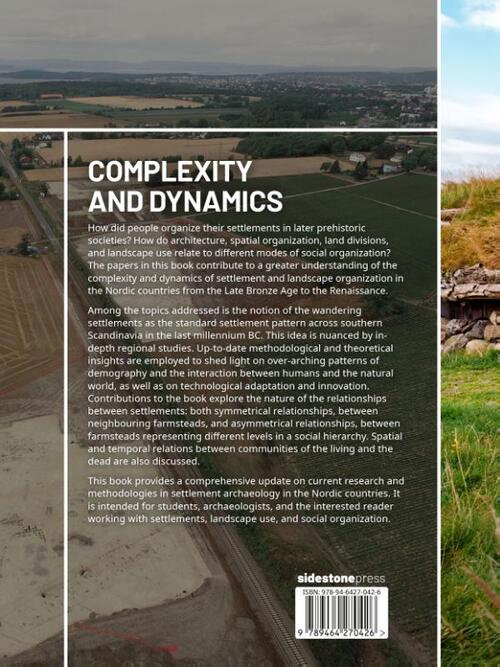40.00
1 - 2 Weken
How did people organize their settlements in later prehistoric societies? How do architecture, spatial organization, land divisions, and landscape use relate to different modes of social organization? The papers in this book contribute to a greater understanding of the complexity and dynamics of settlement and landscape organization in the Nordic countries from the Late Bronze Age to the Renaissance. Among the topics addressed is the notion of the wandering settlements as the standard settlement pattern across southern Scandinavia in the last millennium BC. This idea is nuanced by in-depth regional studies. Up-to-date methodological and theoretical insights are employed to shed light on over-arching patterns of demography and the interaction between humans and the natural world, as well as on technological adaptation and innovation. Contributions to the book explore the nature of the relationships between settlements: both symmetrical relationships, between neighbouring farmsteads, and asymmetrical relationships, between farmsteads representing different levels in a social hierarchy. Spatial and temporal relations between communities of the living and the dead are also discussed. This book provides a comprehensive update on current research and methodologies in settlement archaeology in the Nordic countries. It is intended for students, archaeologists, and the interested reader working with settlements, landscape use, and social organization.

- : Sidestone Press Academics
- : Sidestone Press Academics
- : 9789464270426
- : Engels
- : Paperback
- : 292
- : maart 2023
- : 450
- : 215 x 140 x 27 mm.
- : Archeologie

